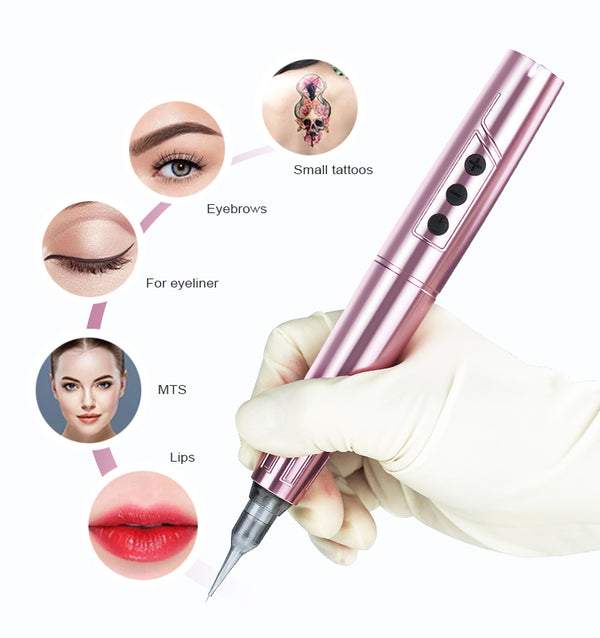Unveiling the Secrets: Essential Needle Stick Safety Tips Every Beauty Professional Must Know!
In the beauty industry, where aesthetics and client satisfaction reign supreme, the importance of needle stick protection cannot be overstated. Needle stick injuries pose significant risks not only to beauty professionals but also to their clients. With procedures such as microblading, acupuncture, and various types of injections becoming increasingly popular, the potential for exposure to bloodborne pathogens and other health hazards is real. Beauty professionals must prioritize safety practices to protect themselves and their clientele from these risks. In this article, we will delve into essential needle stick safety measures that every beauty professional should know, ensuring a safe and hygienic environment for all.

Understanding Needle Stick Injuries
Needle stick injuries occur when a needle or other sharp object punctures the skin, potentially introducing infectious materials into the body. In the beauty industry, these injuries can happen during various procedures, including tattooing, body piercings, and even during the use of certain beauty devices. The prevalence of needle stick injuries in this field is alarming; statistics suggest that many beauty professionals may experience at least one such incident throughout their careers. The health implications of these injuries can be severe, ranging from minor infections to serious diseases such as hepatitis B, hepatitis C, and HIV. Understanding the risks and recognizing the types of procedures that pose these dangers is crucial for implementing effective safety measures.
Essential Safety Practices
To prevent needle stick injuries, beauty professionals must adopt key safety practices. First and foremost is the proper handling and disposal of needles and sharps. Every professional should be trained in the correct procedures for using needles, including how to avoid accidental punctures during application. Additionally, it is essential to use puncture-resistant sharps containers for disposal immediately after use to prevent accidental injuries. Implementing a no-recap policy—never recapping needles after use—further minimizes the risk of injury. Regularly reviewing and adhering to these practices can create a safer work environment for everyone involved in beauty treatments.
Personal Protective Equipment (PPE)
The use of appropriate Personal Protective Equipment (PPE) is another vital component of needle stick protection. Wearing gloves, for instance, not only protects the professional from exposure to bodily fluids but also serves as a barrier to prevent needle injuries. Aprons can provide an additional layer of protection, especially when working with sharp tools. It's also essential to ensure that PPE is in good condition and replaced regularly. I remember a friend who works in the beauty industry sharing an experience where a simple lapse in wearing gloves led to a needle stick injury. This incident underscored the importance of consistently using PPE as a preventative measure.
Training and Education
Ongoing training and education are crucial for beauty professionals regarding needle stick safety. Regular workshops and refresher courses can help reinforce the importance of safety protocols. Training should not only cover best practices for preventing needle stick injuries but also provide guidance on how to respond effectively if an incident occurs. For instance, knowing the steps to take after a needle stick injury—such as immediate wound care and reporting the incident—can significantly impact overall safety. In my experience, professionals who undergo comprehensive training tend to feel more confident in their ability to manage risks, reassuring both themselves and their clients.
Creating a Safe Work Environment
Fostering a culture of safety within the workplace is essential for preventing needle stick injuries. Regular safety audits can help identify potential hazards and ensure compliance with safety protocols. Encouraging open communication among staff members regarding safety concerns can also lead to a more proactive approach to risk management. Establishing a supportive environment where employees feel comfortable reporting issues and discussing safety practices can make a significant difference. I recall my cousin, who works as a beauty technician, implementing a safety meeting every month where the team discusses any concerns and shares tips on staying safe. This initiative not only improved safety standards but also strengthened team camaraderie.
Prioritizing Safety in the Beauty Industry
In conclusion, needle stick protection measures are essential for ensuring the safety of beauty professionals and their clients. By understanding the risks associated with needle stick injuries, implementing essential safety practices, utilizing appropriate PPE, committing to ongoing training, and fostering a culture of safety, beauty professionals can significantly reduce the likelihood of incidents. Prioritizing these measures not only protects individuals but also enhances the overall reputation of the beauty industry as a whole. Safety should be a shared responsibility, with every professional playing their part in creating a secure environment for all.








